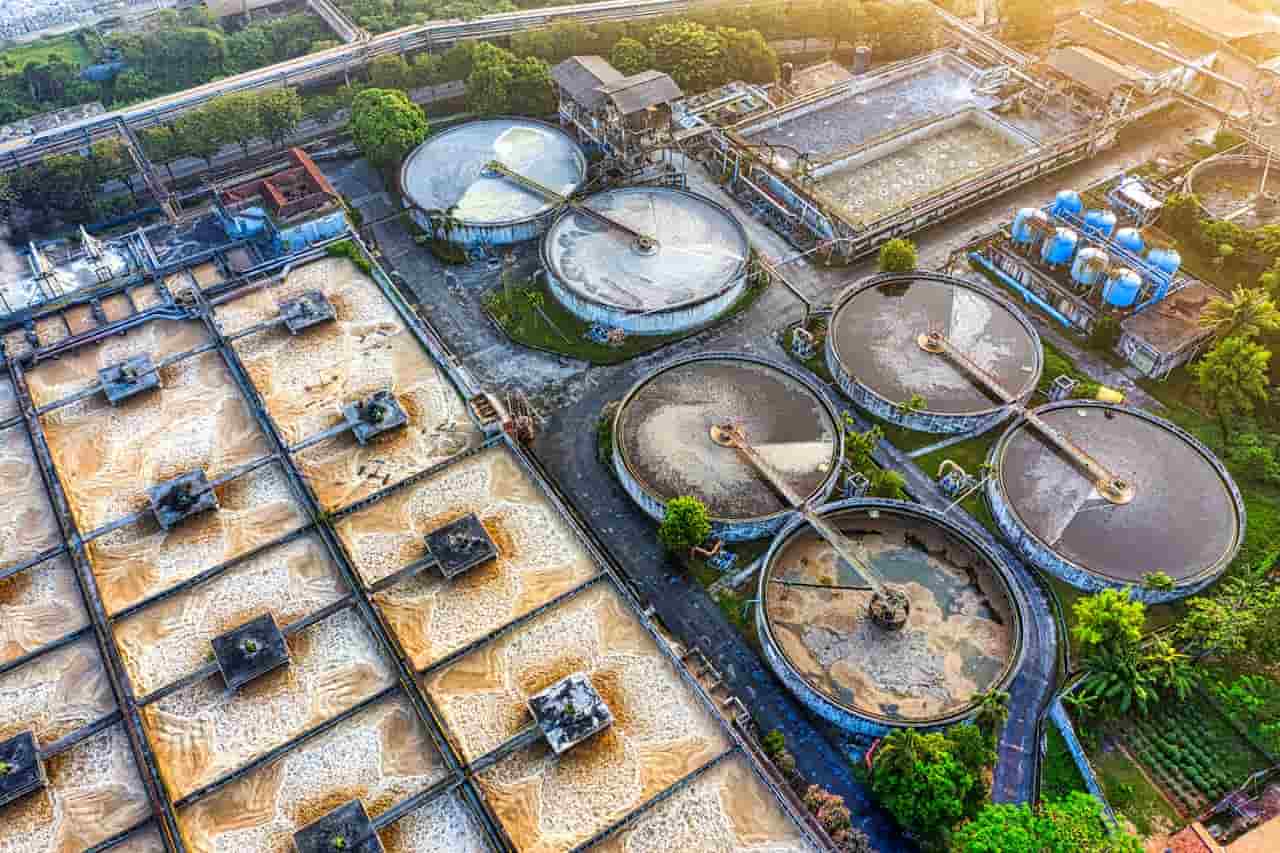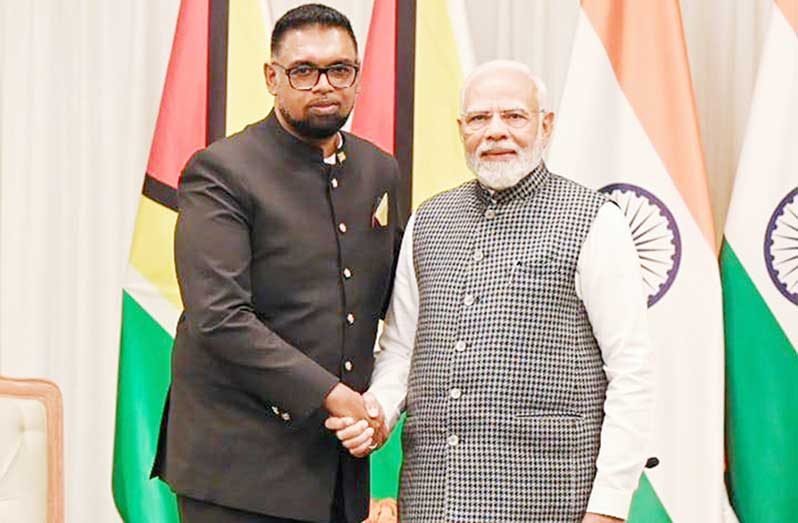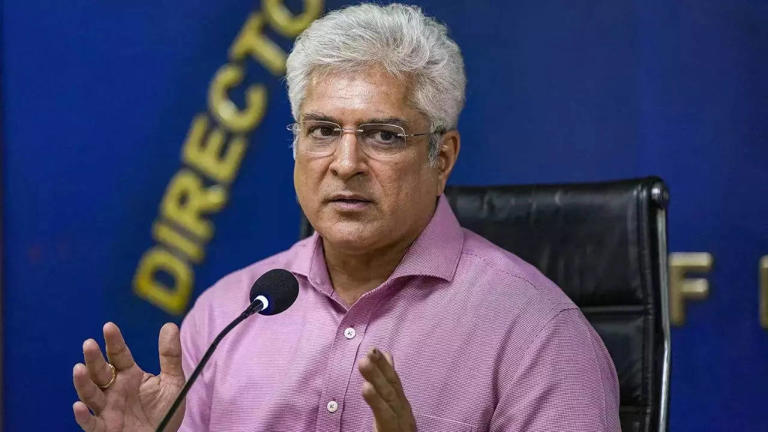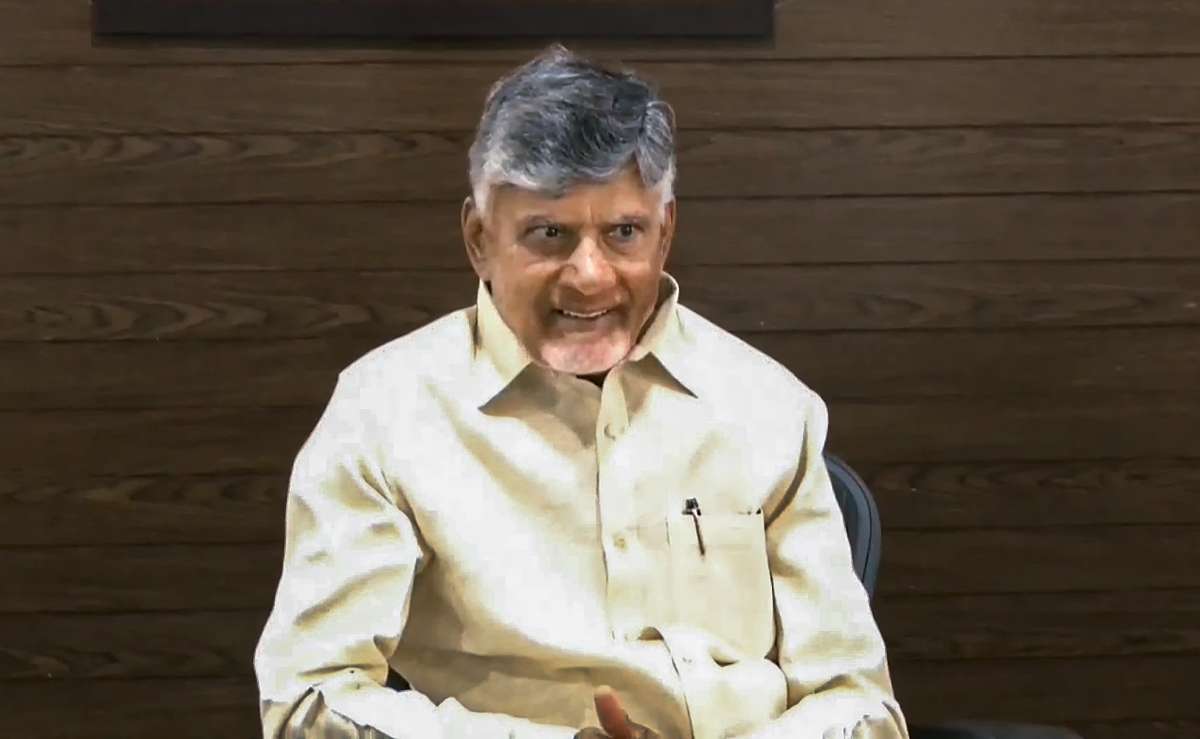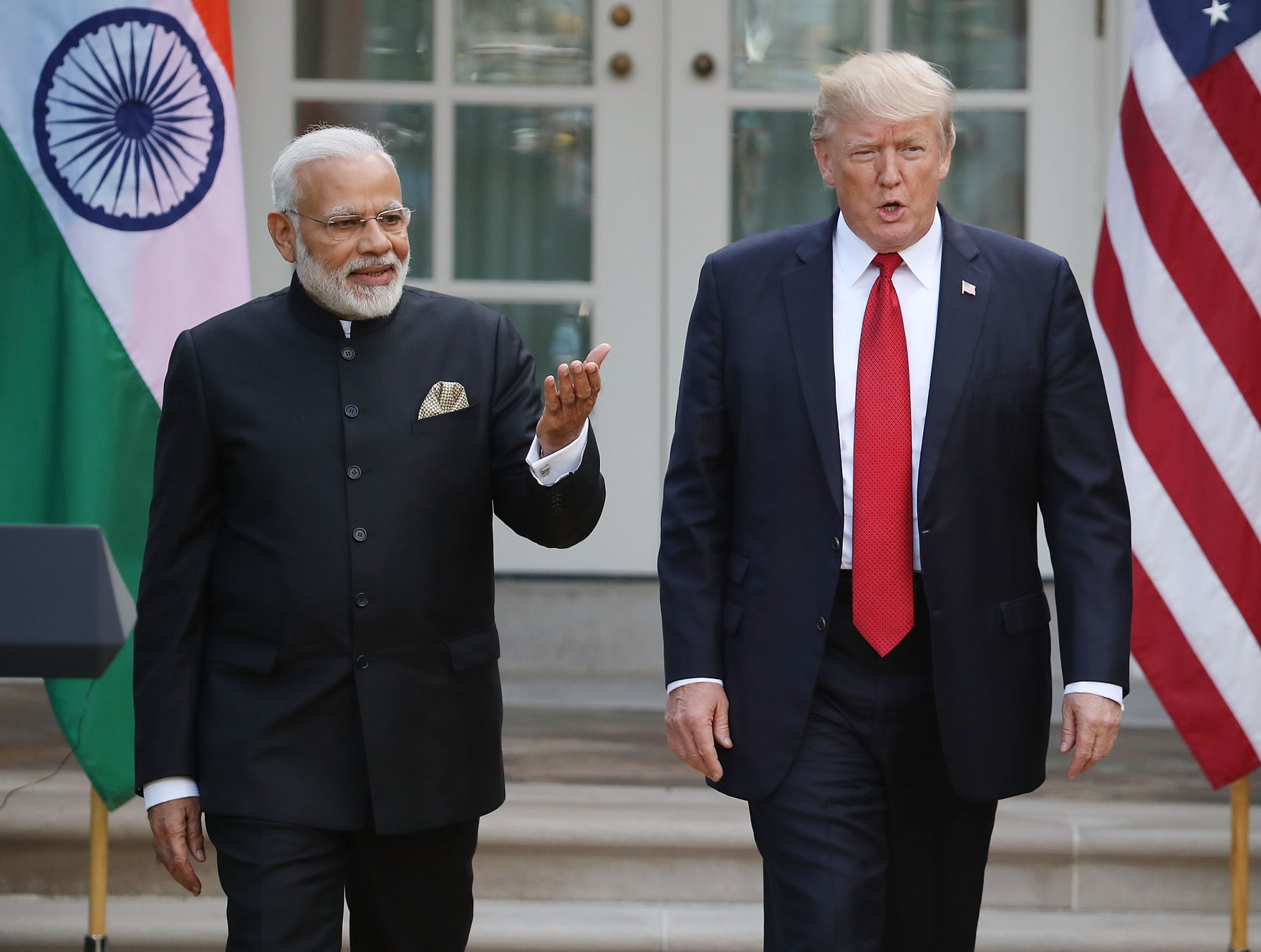Home / videos / India's Naval Expansion: 60 Warships Under Construction, Rs 3 Trillion Economic Boost
India's Naval Expansion: 60 Warships Under Construction, Rs 3 Trillion Economic Boost
By: My India Times
6 minutes read 157Updated At: 2025-02-14
India Strengthens Naval Prowess with 60 Large Warships Under Construction
In a significant push towards self-reliance and maritime supremacy, Prime Minister Narendra Modi announced that 60 large Navy ships are currently being built in India. This ambitious initiative, worth approximately Rs 1.5 trillion, is expected to generate an economic circulation of around Rs 3 trillion and create an extensive sixfold employment multiplier effect.
The announcement was made during the commissioning ceremony of three formidable warships—INS Surat, INS Nilgiri, and INS Vaghsheer—at the Naval Dockyard in Mumbai. This historic event marked the first-ever simultaneous commissioning of three major frontline warships, all of which have been indigenously designed and manufactured in India, reinforcing the nation’s commitment to naval self-sufficiency.
The Economic Impact: How Shipbuilding is Driving Growth
The shipbuilding sector is poised to be a catalyst for economic development, with each vessel's construction generating 14,000 direct and indirect jobs. PM Modi emphasized that the 'Make in India' initiative is not just bolstering India’s defense capabilities but also playing a pivotal role in economic progress by stimulating domestic industries and creating employment.
According to the Ministry of Defence (MoD), every rupee invested in shipbuilding yields nearly double the economic impact, highlighting its potential to fuel growth across multiple sectors. With the majority of ship components being sourced from domestic micro, small, and medium enterprises (MSMEs), the industry is fostering a self-reliant ecosystem that benefits thousands of businesses nationwide.
Shipbuilding and Job Creation: A Boost to India's Workforce
PM Modi underscored that shipbuilding is a labor-intensive sector that significantly contributes to employment generation. For every 2,000 workers involved in building a warship, approximately 12,000 additional jobs are created across related industries, particularly in the MSME sector. This multiplier effect ensures that India's naval expansion also uplifts the domestic workforce and enhances industrial output.
Additionally, he highlighted that India's focus on modernizing its military for the 21st century extends beyond shipbuilding. The government is also prioritizing advancements in air, land, deep-sea, and space defense capabilities to comprehensively safeguard national interests.
Aatmanirbharta in Defence: Reducing Imports, Strengthening Domestic Production
Reiterating India’s self-reliance in defense, PM Modi pointed out that the armed forces have identified over 5,000 items and equipment that will no longer be imported, shifting the focus towards domestic manufacturing.
Significant strides have been made, including the establishment of India’s largest helicopter manufacturing facility in Karnataka and a transport aircraft factory for the armed forces. Furthermore, the defense corridors in Uttar Pradesh and Tamil Nadu are playing a crucial role in accelerating domestic defense production, boosting both technological innovation and employment.
The Navy’s Advancements: 39 of 40 New Ships Being Built in India
The Indian Navy has witnessed rapid advancements, with 33 warships and seven submarines added to its fleet in the past decade. Remarkably, 39 out of 40 naval vessels under construction are being built in Indian shipyards, including the prestigious INS Vikrant aircraft carrier and cutting-edge nuclear submarines like INS Arihant and INS Arighaat.
This progress signifies a monumental shift towards indigenous defense production, reducing dependency on foreign imports and strengthening India's maritime security.
India’s Growing Role as a Global Defense Exporter
India is emerging as a major defense exporter, with annual domestic defense production exceeding Rs 1.25 trillion. The country now exports military equipment to over 100 nations, showcasing its growing expertise in designing, developing, and manufacturing high-quality defense systems.
PM Modi expressed confidence that India's defense sector will undergo rapid transformation, driven by continuous innovation, policy reforms, and strong government support.
Commissioning of Three New Warships: A Milestone in Indian Naval History
During the ceremony, Defence Minister Rajnath Singh described the commissioning of INS Surat, INS Nilgiri, and INS Vaghsheer as a landmark event, reinforcing India’s growing maritime strength in the Indian Ocean Region (IOR). He stressed the MoD’s unwavering commitment to Aatmanirbharta, citing that over 75% of the content in INS Surat and INS Nilgiri is indigenously developed, with domestic content rising steadily across various naval platforms.
With 2025 designated as the 'Year of Reforms' for the Ministry of Defence, Singh assured that critical policy enhancements would be implemented by year-end, streamlining defense acquisition procedures and ensuring swifter, more efficient capability development.
The Three Newly Commissioned Warships: Key Features and Capabilities
INS Surat: The Final Ship of the P15B Guided Missile Destroyer Project
INS Surat is the fourth and final ship of the P15B Guided Missile Destroyer Project. It ranks among the largest and most advanced destroyers globally, boasting 75% indigenous content, sophisticated weapon-sensor systems, and cutting-edge network-centric warfare capabilities.
INS Nilgiri: Next-Gen Stealth Frigate from the P17A Project
INS Nilgiri, the first ship of the P17A Stealth Frigate Project, is a testament to India’s indigenous warship design prowess. Developed by the Navy’s Warship Design Bureau, it features enhanced survivability, superior seakeeping capabilities, and advanced stealth technology, making it a formidable addition to India's naval fleet.
INS Vaghsheer: A State-of-the-Art Submarine from the P75 Scorpene Project
INS Vaghsheer, the sixth and final submarine of the P75 Scorpene Project, showcases India's growing expertise in submarine construction. Built in collaboration with France’s Naval Group, it significantly enhances India's underwater warfare capabilities and underscores the country’s proficiency in advanced submarine technology.
Charting a Future of Maritime Excellence
India's ambitious naval expansion reflects its determination to build a self-reliant and technologically advanced defense sector. With 60 new ships under construction, a focus on indigenous production, and an ever-growing role in global defense exports, the country is set to become a maritime powerhouse in the coming years.
As India modernizes its military and strengthens its naval fleet, it is not only securing its own waters but also reinforcing its strategic influence in the Indian Ocean Region and beyond. The commissioning of INS Surat, INS Nilgiri, and INS Vaghsheer marks yet another milestone in India's journey towards maritime excellence and defense self-sufficiency.
?? Jai Hind! Jai Bharat! ??
....
India Strengthens Naval Prowess with 60 Large Warships Under Construction
In a significant push towards self-reliance and maritime supremacy, Prime Minister Narendra Modi announced that 60 large Navy ships are currently being built in India. This ambitious initiative, worth approximately Rs 1.5 trillion, is expected to generate an economic circulation of around Rs 3 trillion and create an extensive sixfold employment multiplier effect.
The announcement was made during the commissioning ceremony of three formidable warships—INS Surat, INS Nilgiri, and INS Vaghsheer—at the Naval Dockyard in Mumbai. This historic event marked the first-ever simultaneous commissioning of three major frontline warships, all of which have been indigenously designed and manufactured in India, reinforcing the nation’s commitment to naval self-sufficiency.
The Economic Impact: How Shipbuilding is Driving Growth
The shipbuilding sector is poised to be a catalyst for economic development, with each vessel's construction generating 14,000 direct and indirect jobs. PM Modi emphasized that the 'Make in India' initiative is not just bolstering India’s defense capabilities but also playing a pivotal role in economic progress by stimulating domestic industries and creating employment.
According to the Ministry of Defence (MoD), every rupee invested in shipbuilding yields nearly double the economic impact, highlighting its potential to fuel growth across multiple sectors. With the majority of ship components being sourced from domestic micro, small, and medium enterprises (MSMEs), the industry is fostering a self-reliant ecosystem that benefits thousands of businesses nationwide.
Shipbuilding and Job Creation: A Boost to India's Workforce
PM Modi underscored that shipbuilding is a labor-intensive sector that significantly contributes to employment generation. For every 2,000 workers involved in building a warship, approximately 12,000 additional jobs are created across related industries, particularly in the MSME sector. This multiplier effect ensures that India's naval expansion also uplifts the domestic workforce and enhances industrial output.
Additionally, he highlighted that India's focus on modernizing its military for the 21st century extends beyond shipbuilding. The government is also prioritizing advancements in air, land, deep-sea, and space defense capabilities to comprehensively safeguard national interests.
Aatmanirbharta in Defence: Reducing Imports, Strengthening Domestic Production
Reiterating India’s self-reliance in defense, PM Modi pointed out that the armed forces have identified over 5,000 items and equipment that will no longer be imported, shifting the focus towards domestic manufacturing.
Significant strides have been made, including the establishment of India’s largest helicopter manufacturing facility in Karnataka and a transport aircraft factory for the armed forces. Furthermore, the defense corridors in Uttar Pradesh and Tamil Nadu are playing a crucial role in accelerating domestic defense production, boosting both technological innovation and employment.
The Navy’s Advancements: 39 of 40 New Ships Being Built in India
The Indian Navy has witnessed rapid advancements, with 33 warships and seven submarines added to its fleet in the past decade. Remarkably, 39 out of 40 naval vessels under construction are being built in Indian shipyards, including the prestigious INS Vikrant aircraft carrier and cutting-edge nuclear submarines like INS Arihant and INS Arighaat.
This progress signifies a monumental shift towards indigenous defense production, reducing dependency on foreign imports and strengthening India's maritime security.
India’s Growing Role as a Global Defense Exporter
India is emerging as a major defense exporter, with annual domestic defense production exceeding Rs 1.25 trillion. The country now exports military equipment to over 100 nations, showcasing its growing expertise in designing, developing, and manufacturing high-quality defense systems.
PM Modi expressed confidence that India's defense sector will undergo rapid transformation, driven by continuous innovation, policy reforms, and strong government support.
Commissioning of Three New Warships: A Milestone in Indian Naval History
During the ceremony, Defence Minister Rajnath Singh described the commissioning of INS Surat, INS Nilgiri, and INS Vaghsheer as a landmark event, reinforcing India’s growing maritime strength in the Indian Ocean Region (IOR). He stressed the MoD’s unwavering commitment to Aatmanirbharta, citing that over 75% of the content in INS Surat and INS Nilgiri is indigenously developed, with domestic content rising steadily across various naval platforms.
With 2025 designated as the 'Year of Reforms' for the Ministry of Defence, Singh assured that critical policy enhancements would be implemented by year-end, streamlining defense acquisition procedures and ensuring swifter, more efficient capability development.
The Three Newly Commissioned Warships: Key Features and Capabilities
INS Surat: The Final Ship of the P15B Guided Missile Destroyer Project
INS Surat is the fourth and final ship of the P15B Guided Missile Destroyer Project. It ranks among the largest and most advanced destroyers globally, boasting 75% indigenous content, sophisticated weapon-sensor systems, and cutting-edge network-centric warfare capabilities.
INS Nilgiri: Next-Gen Stealth Frigate from the P17A Project
INS Nilgiri, the first ship of the P17A Stealth Frigate Project, is a testament to India’s indigenous warship design prowess. Developed by the Navy’s Warship Design Bureau, it features enhanced survivability, superior seakeeping capabilities, and advanced stealth technology, making it a formidable addition to India's naval fleet.
INS Vaghsheer: A State-of-the-Art Submarine from the P75 Scorpene Project
INS Vaghsheer, the sixth and final submarine of the P75 Scorpene Project, showcases India's growing expertise in submarine construction. Built in collaboration with France’s Naval Group, it significantly enhances India's underwater warfare capabilities and underscores the country’s proficiency in advanced submarine technology.
Charting a Future of Maritime Excellence
India's ambitious naval expansion reflects its determination to build a self-reliant and technologically advanced defense sector. With 60 new ships under construction, a focus on indigenous production, and an ever-growing role in global defense exports, the country is set to become a maritime powerhouse in the coming years.
As India modernizes its military and strengthens its naval fleet, it is not only securing its own waters but also reinforcing its strategic influence in the Indian Ocean Region and beyond. The commissioning of INS Surat, INS Nilgiri, and INS Vaghsheer marks yet another milestone in India's journey towards maritime excellence and defense self-sufficiency.
?? Jai Hind! Jai Bharat! ??
By: My India Times
Updated At: 2025-02-14
Tags: videos News | My India Times News | Trending News | Travel News
Join our WhatsApp Channel

Similiar News
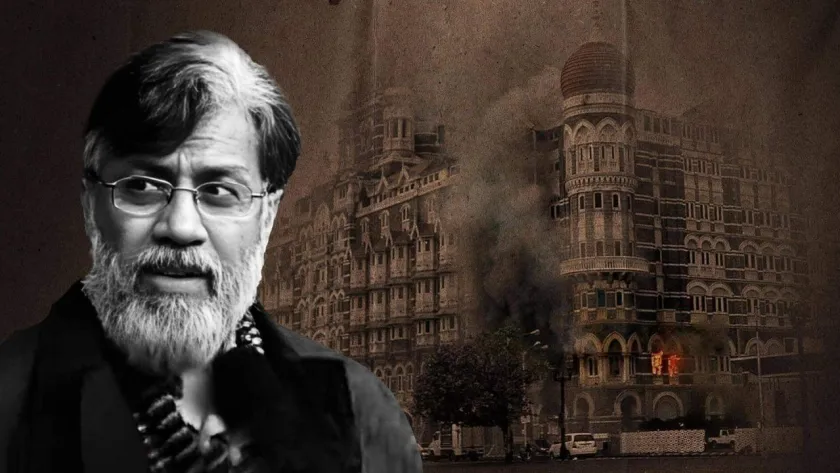
US Supreme Court Rejects 26/11 Accused Tahawwur Rana’s Plea to Block Extradition to India
2025-03-08


























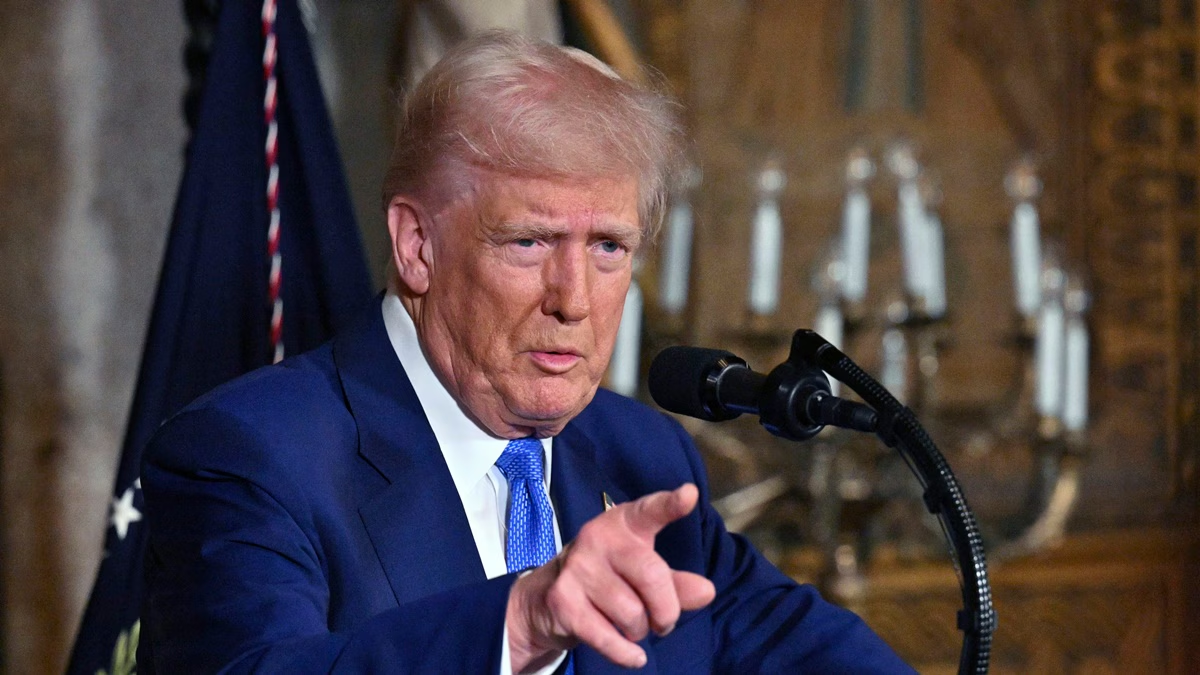

















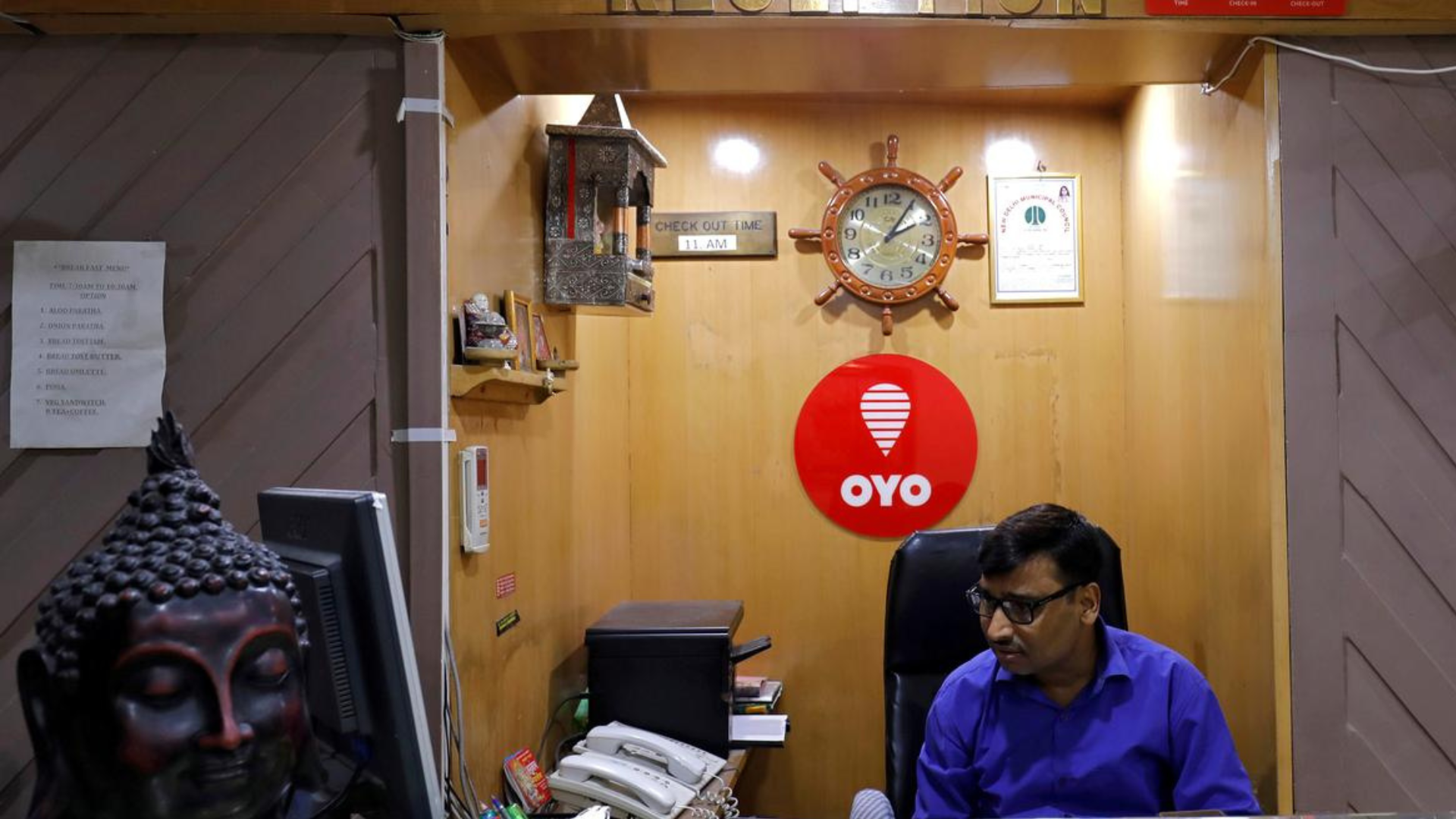

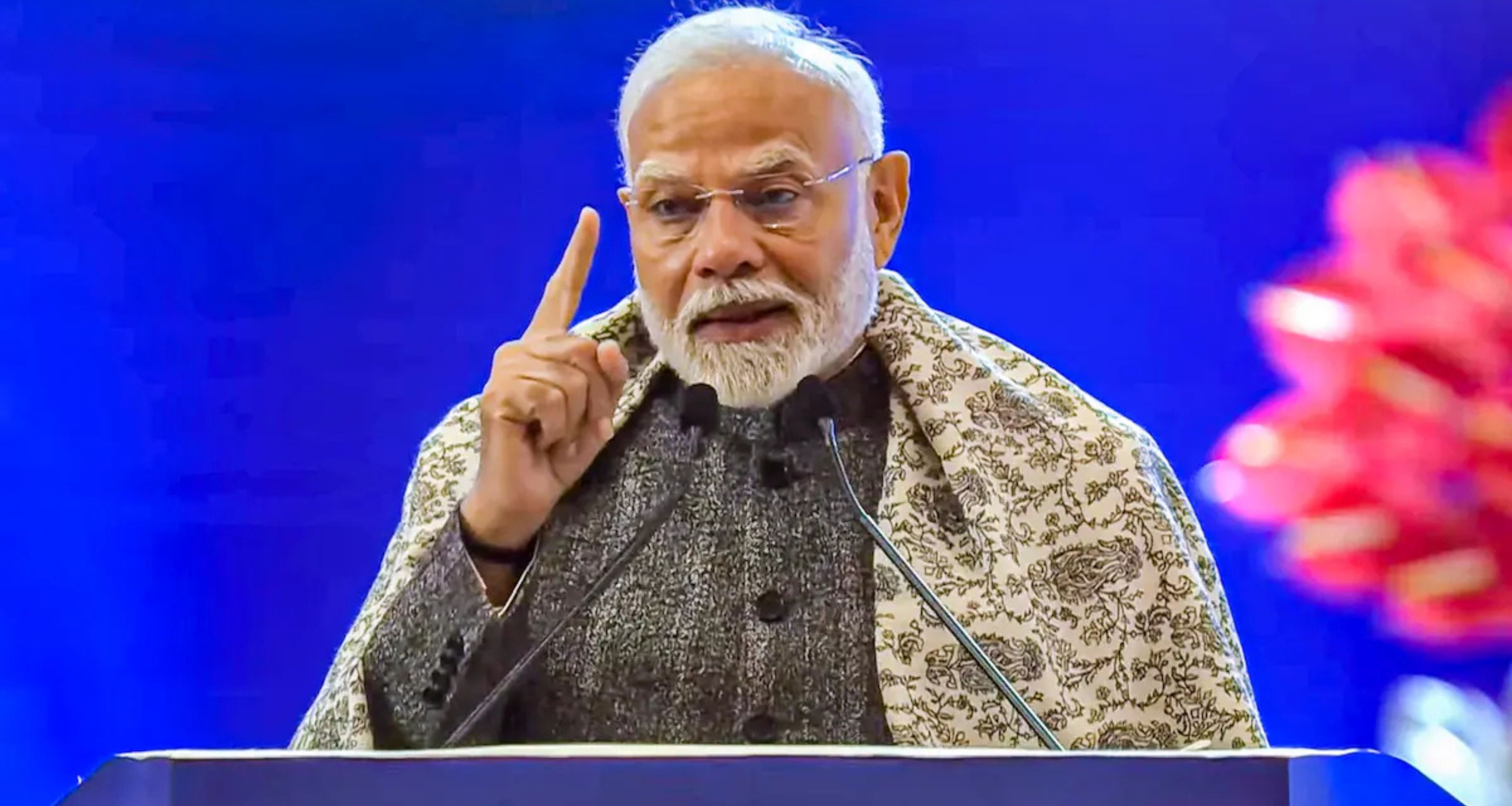





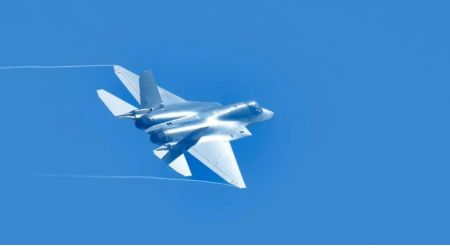


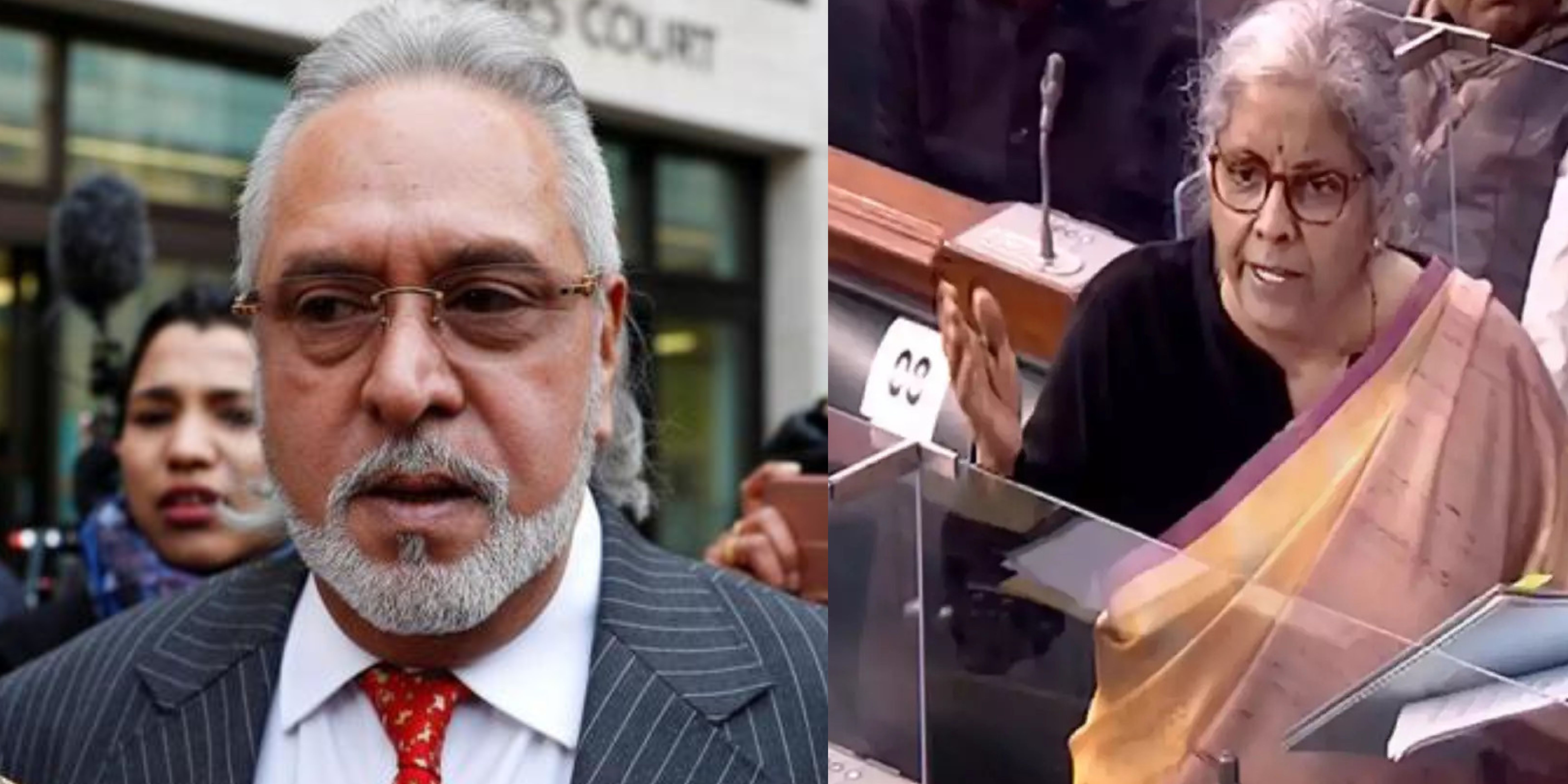
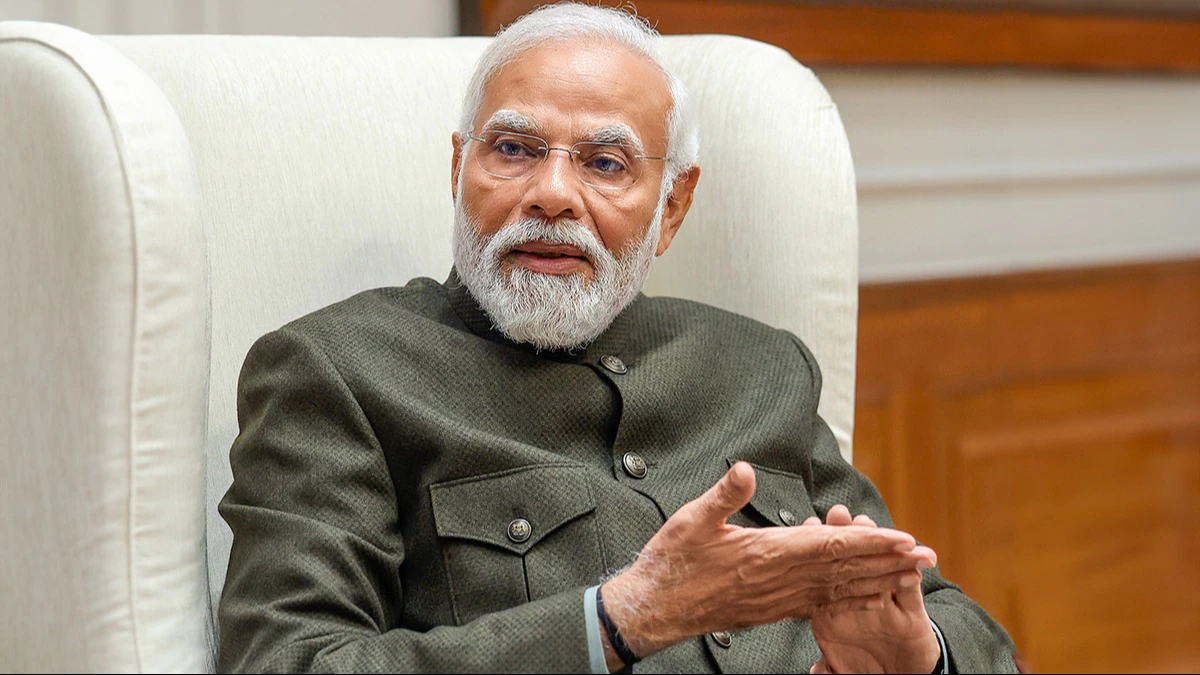








.jfif)





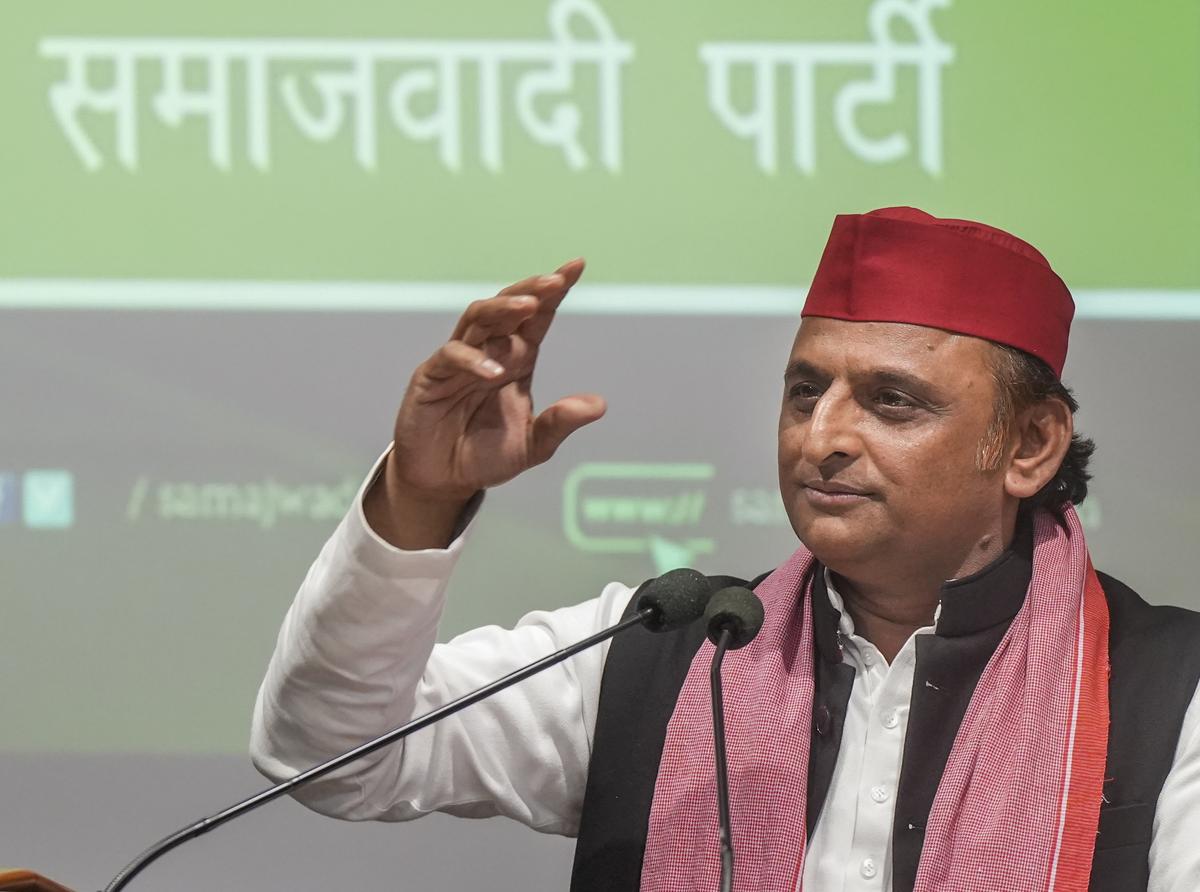

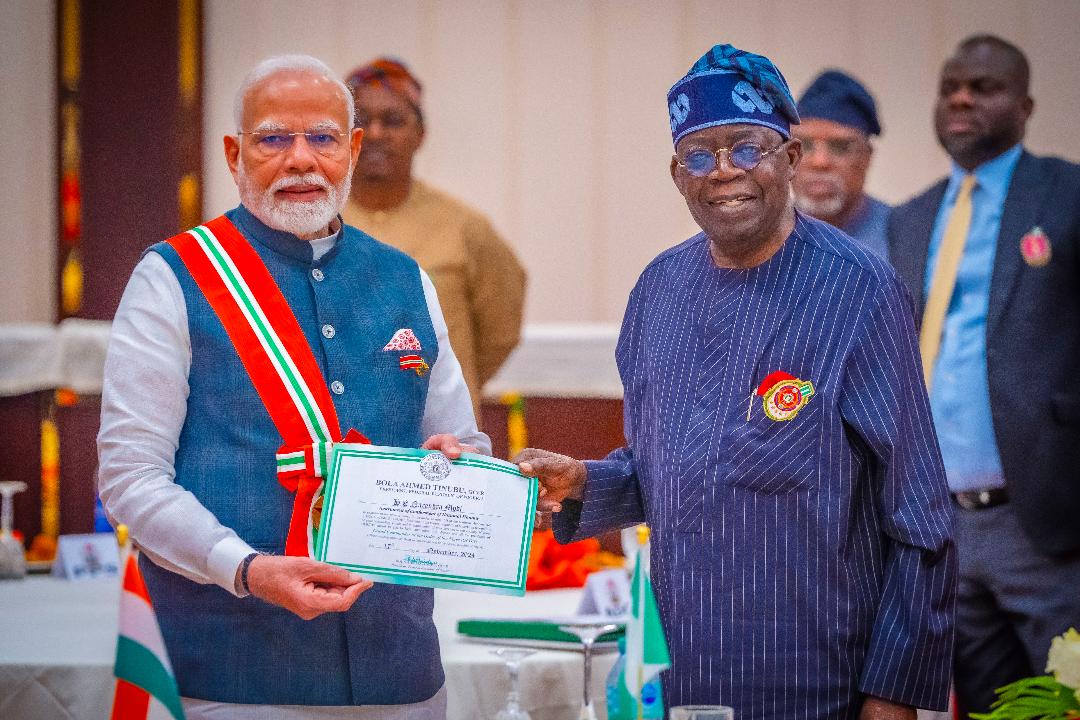

.jpg)

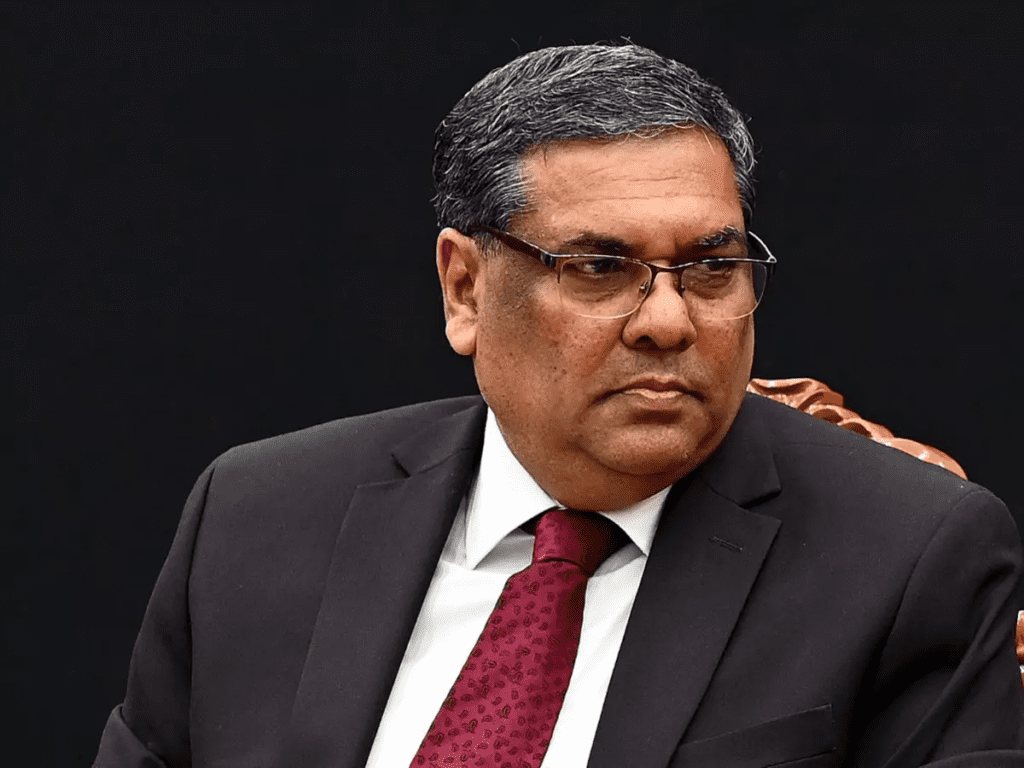



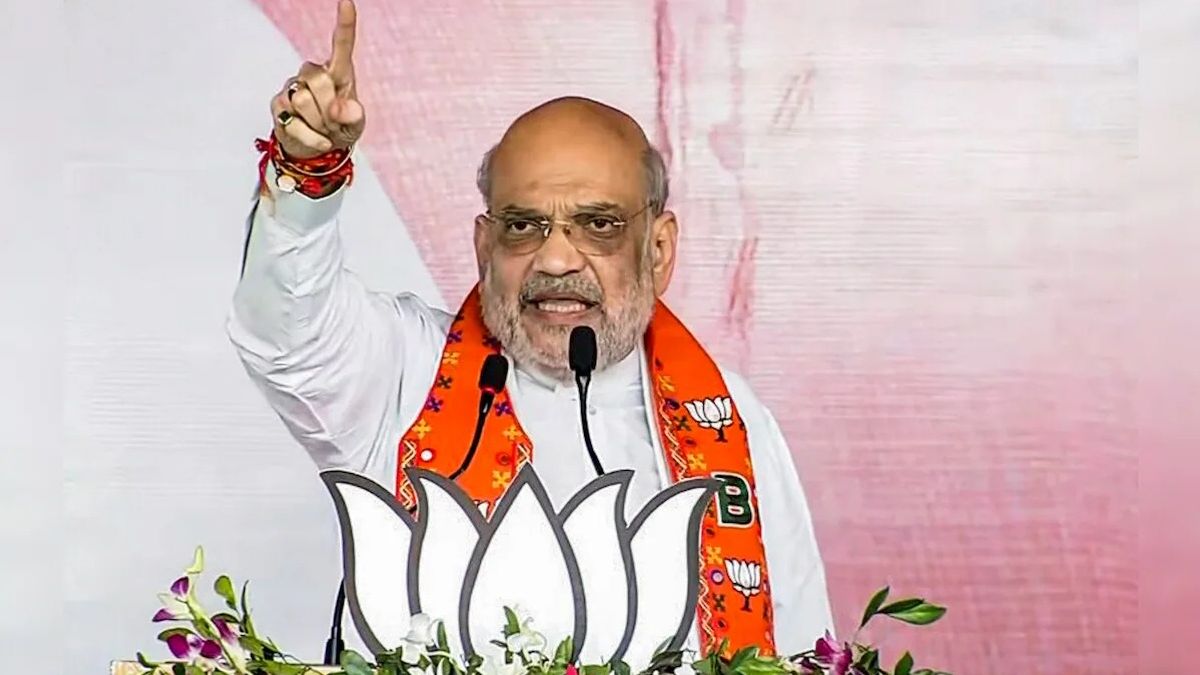
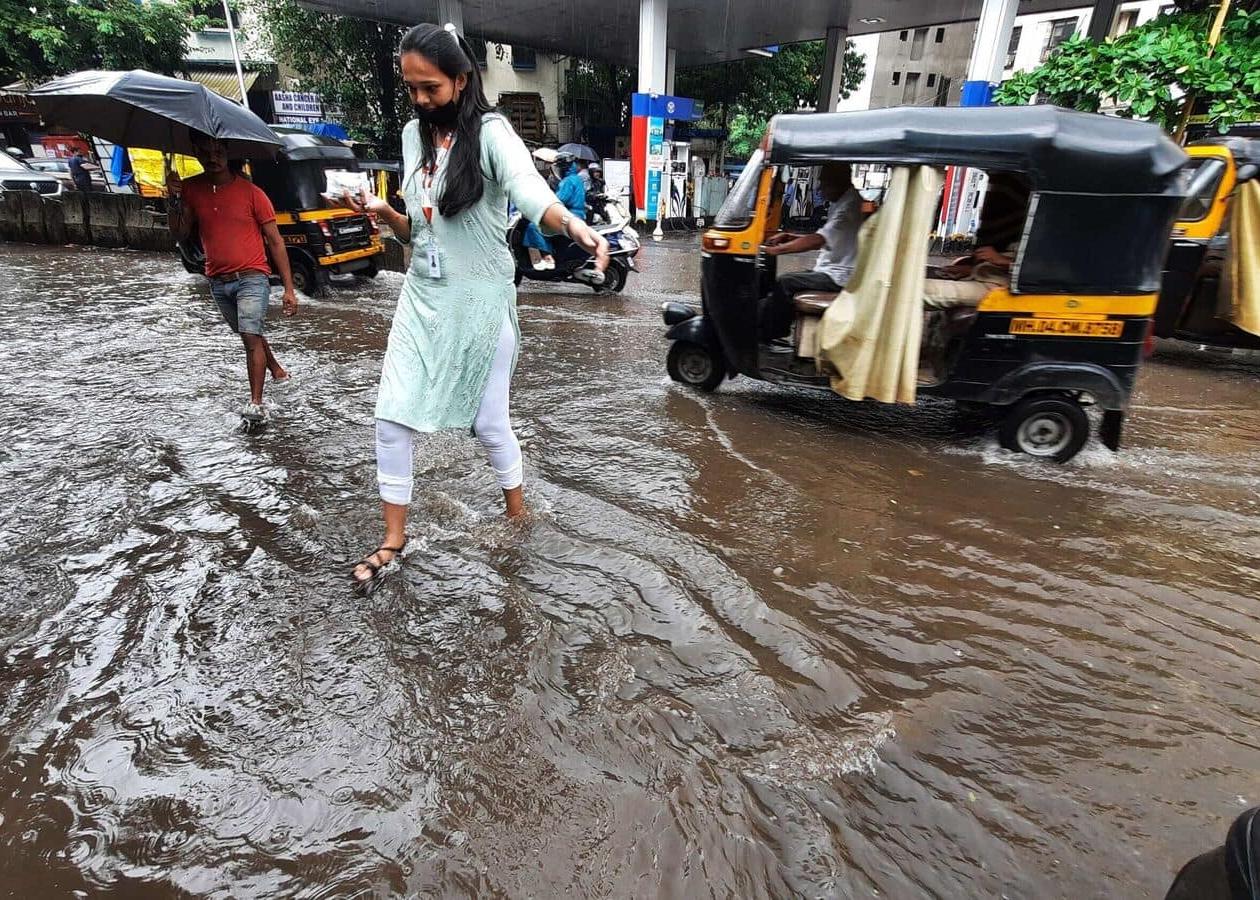

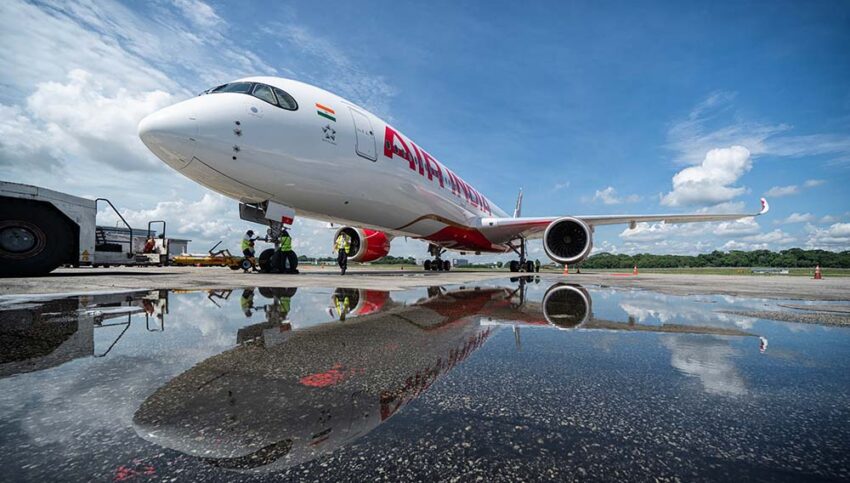



















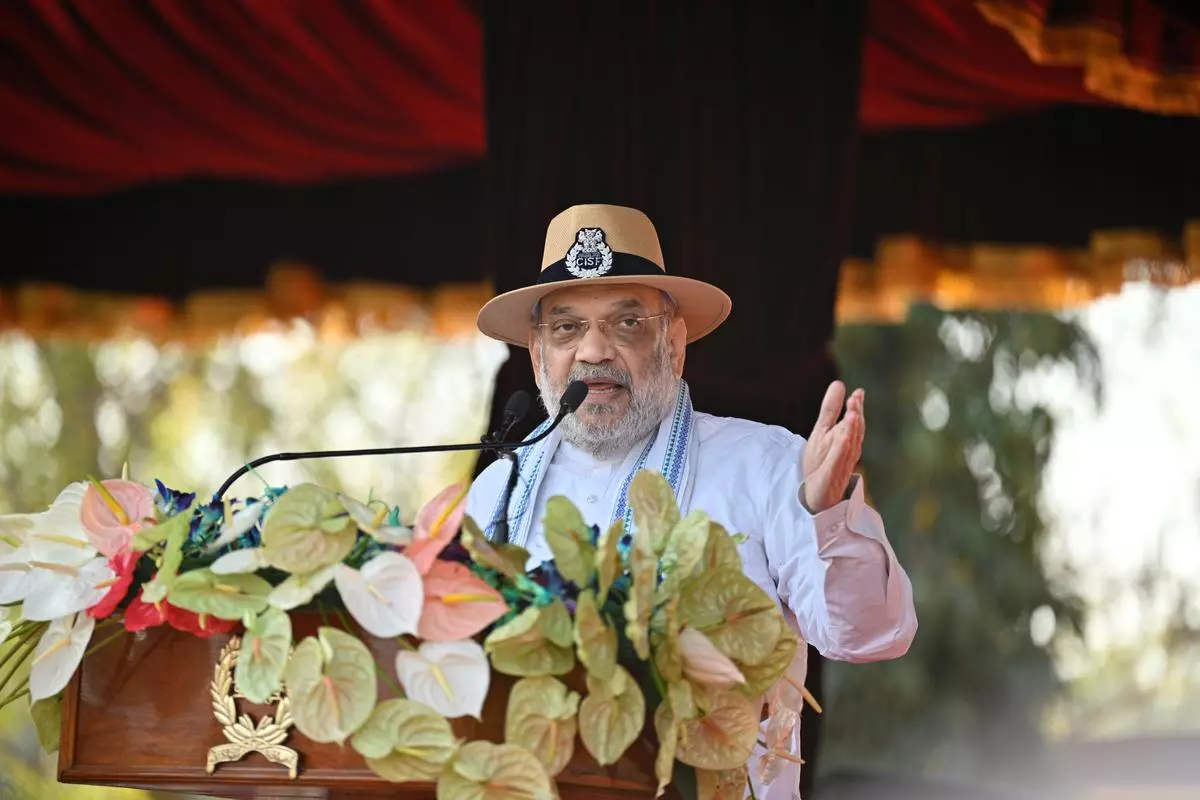






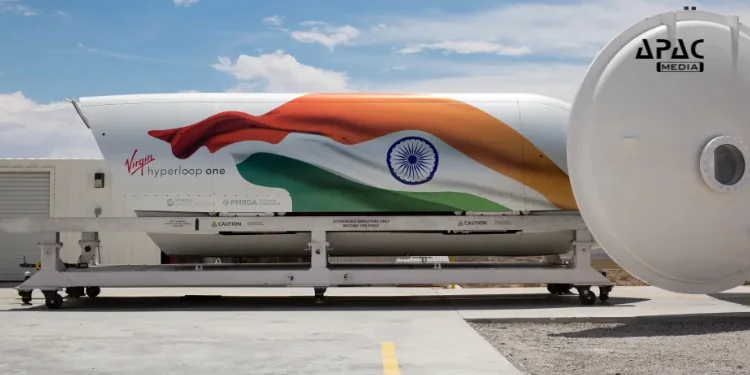



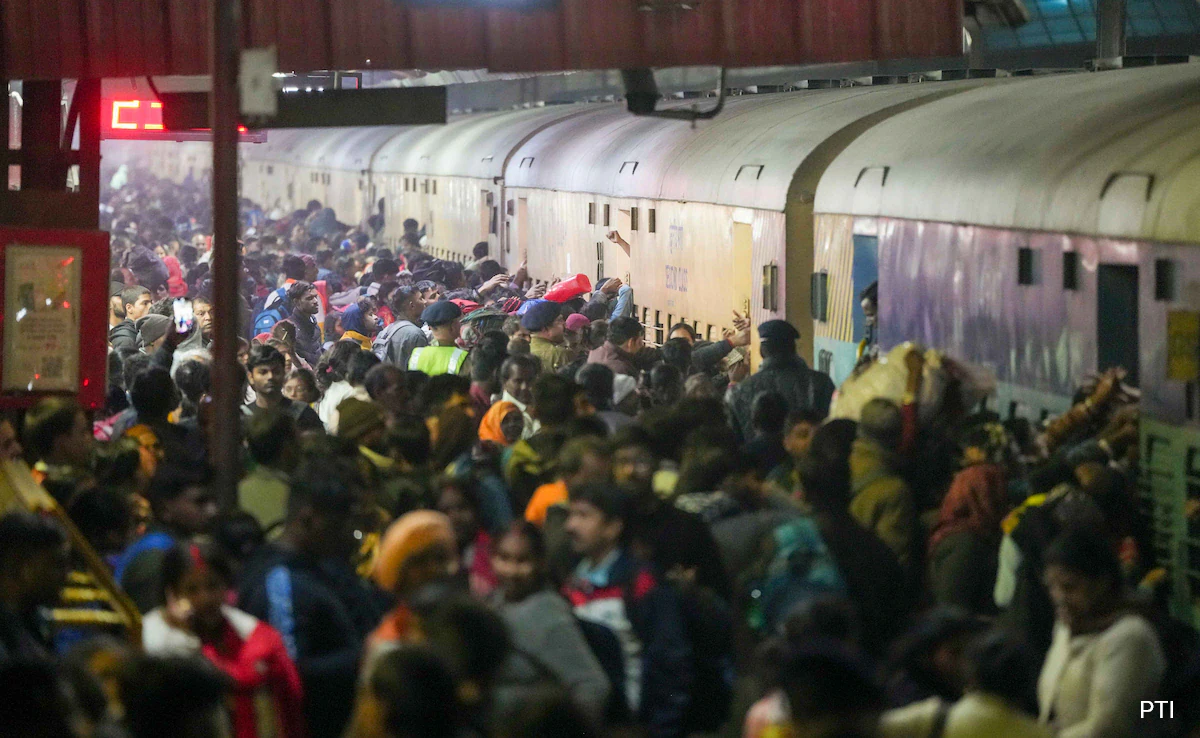

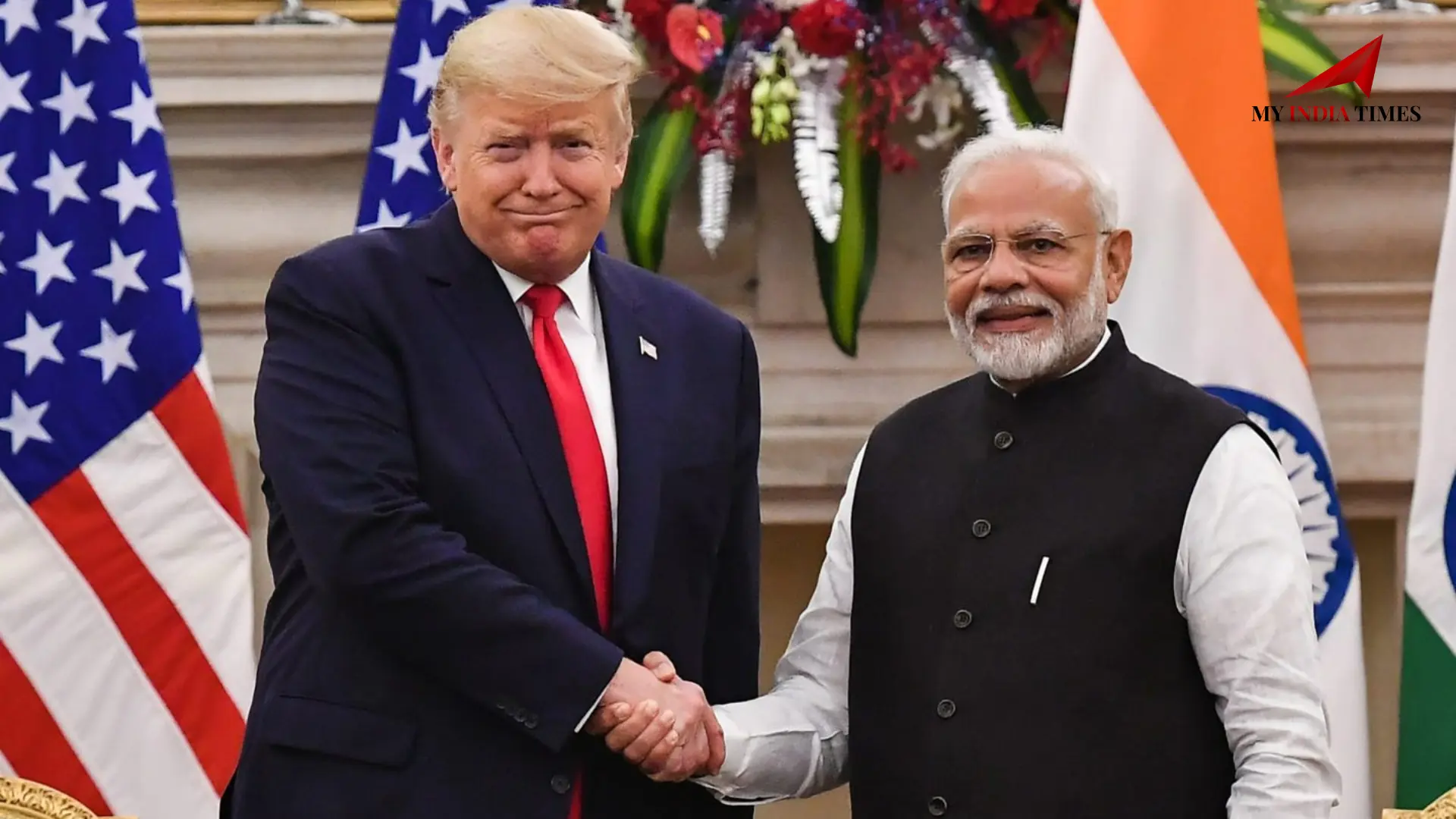
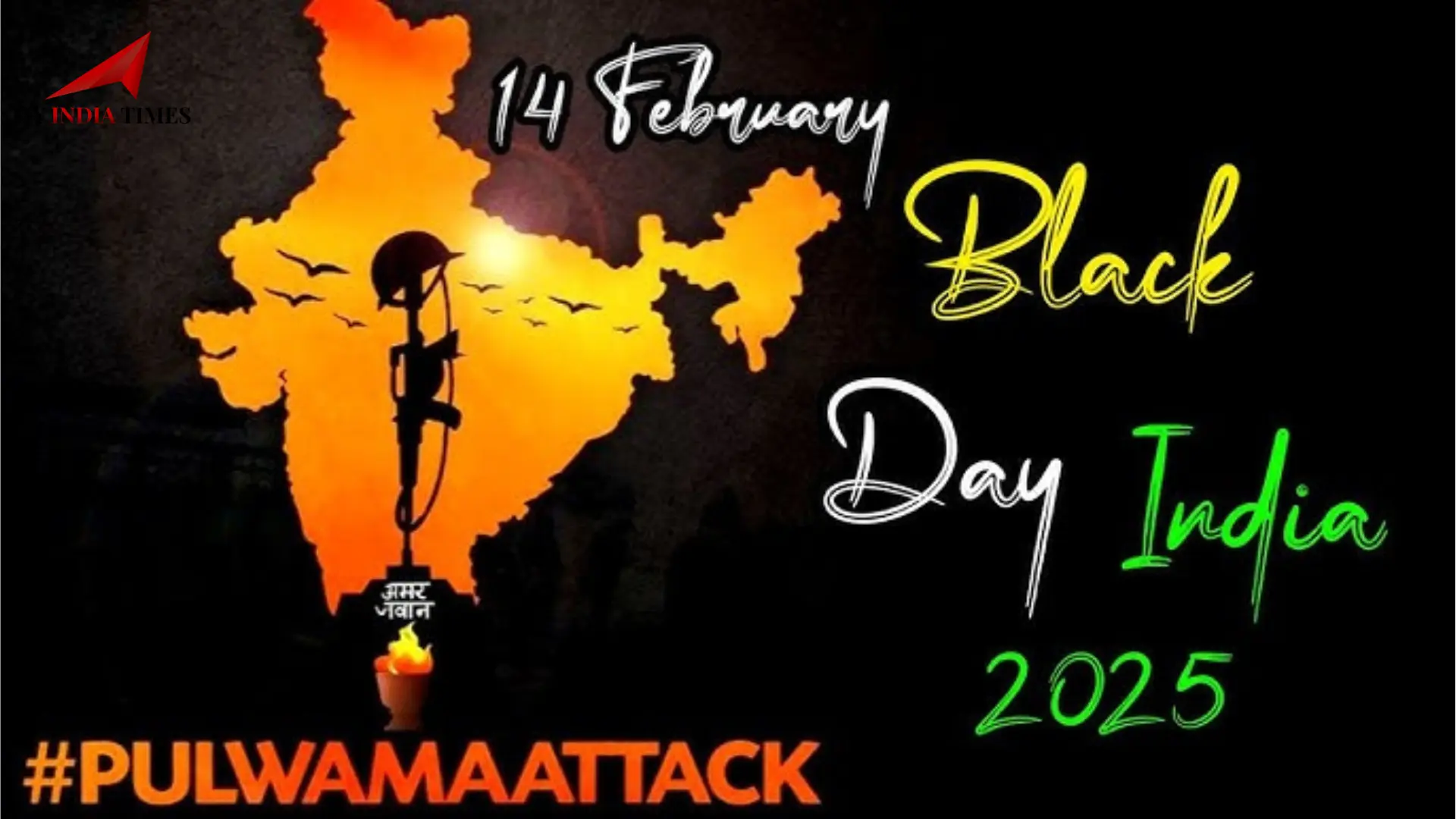











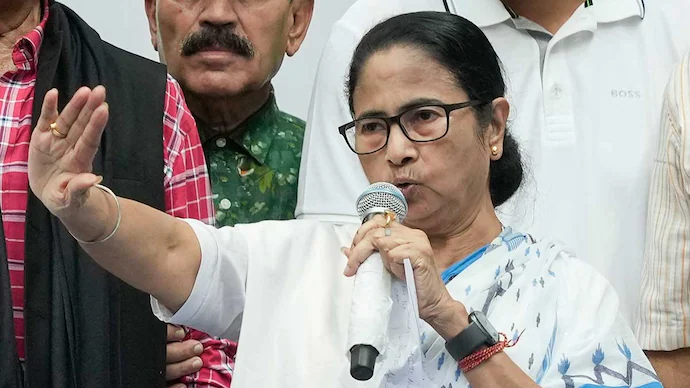


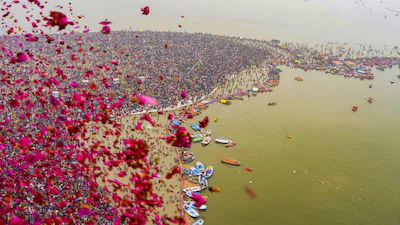

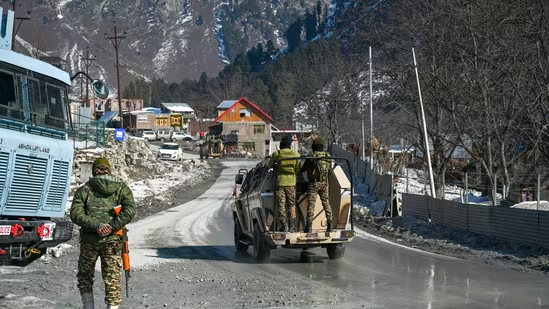



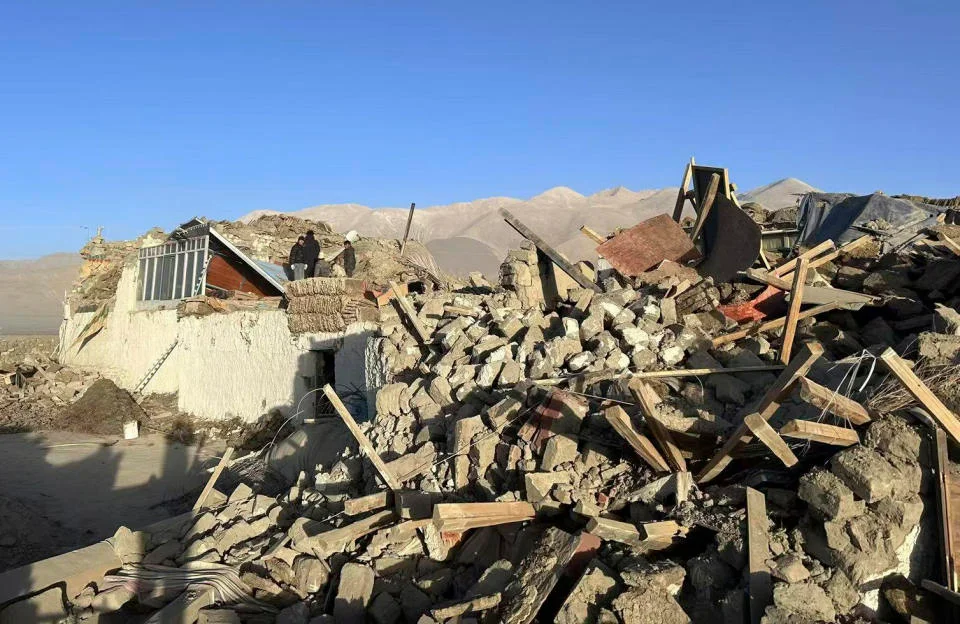




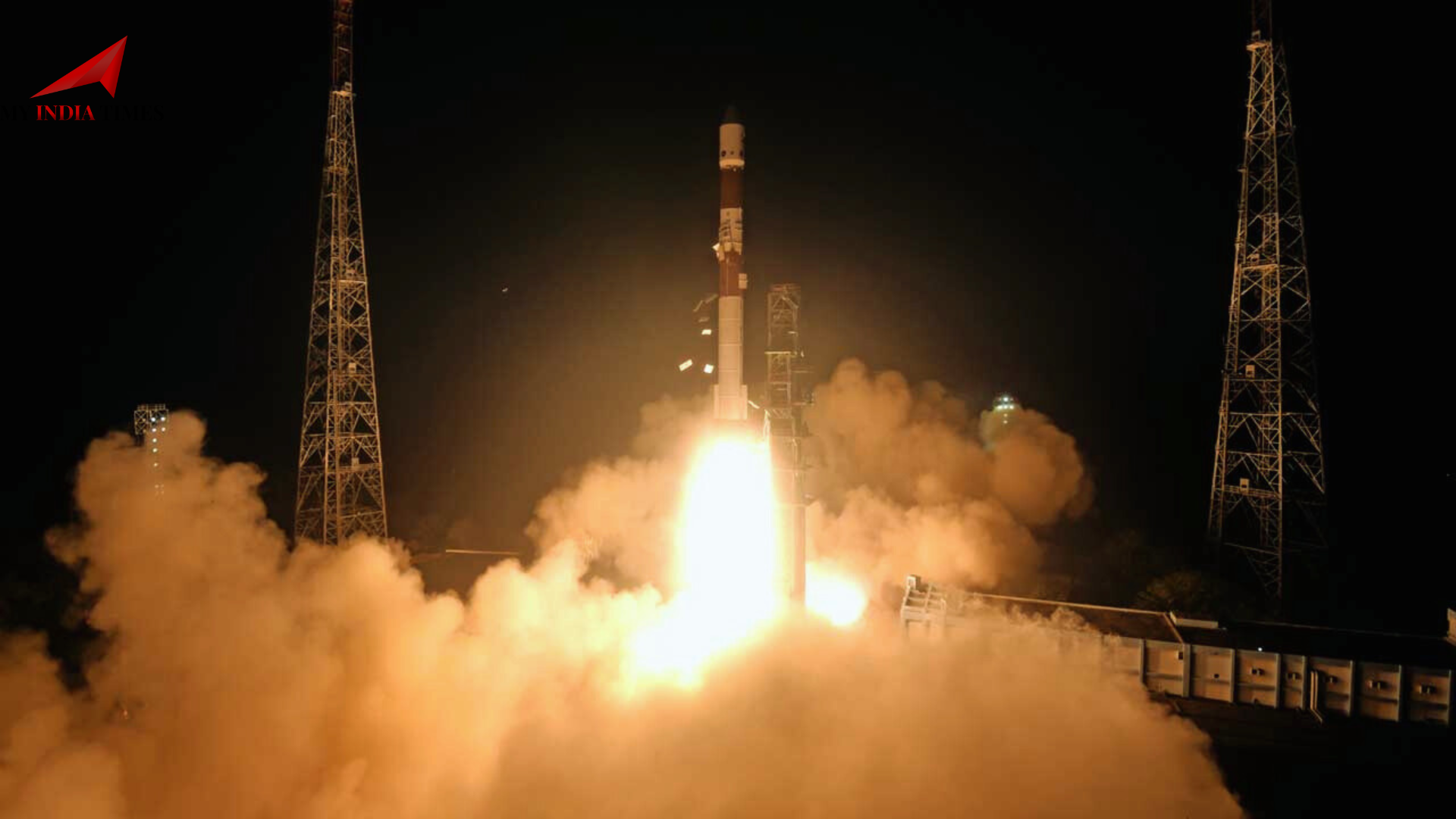




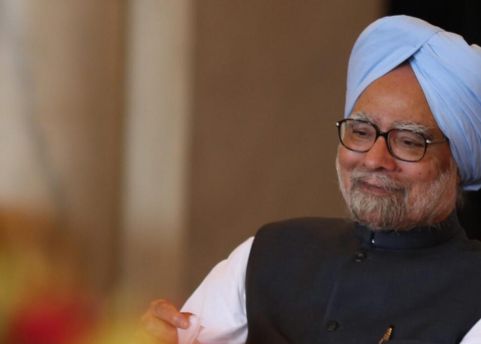




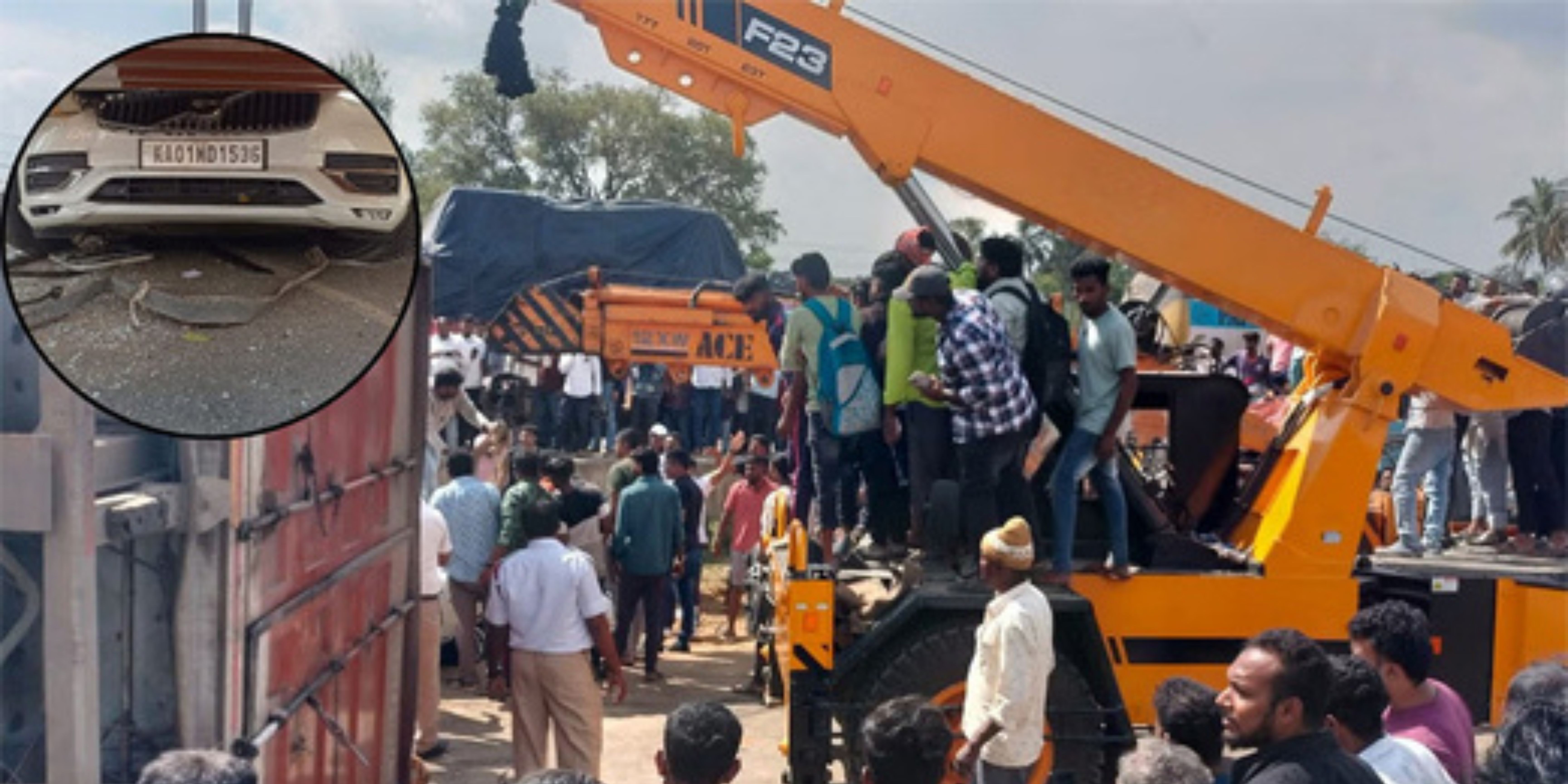




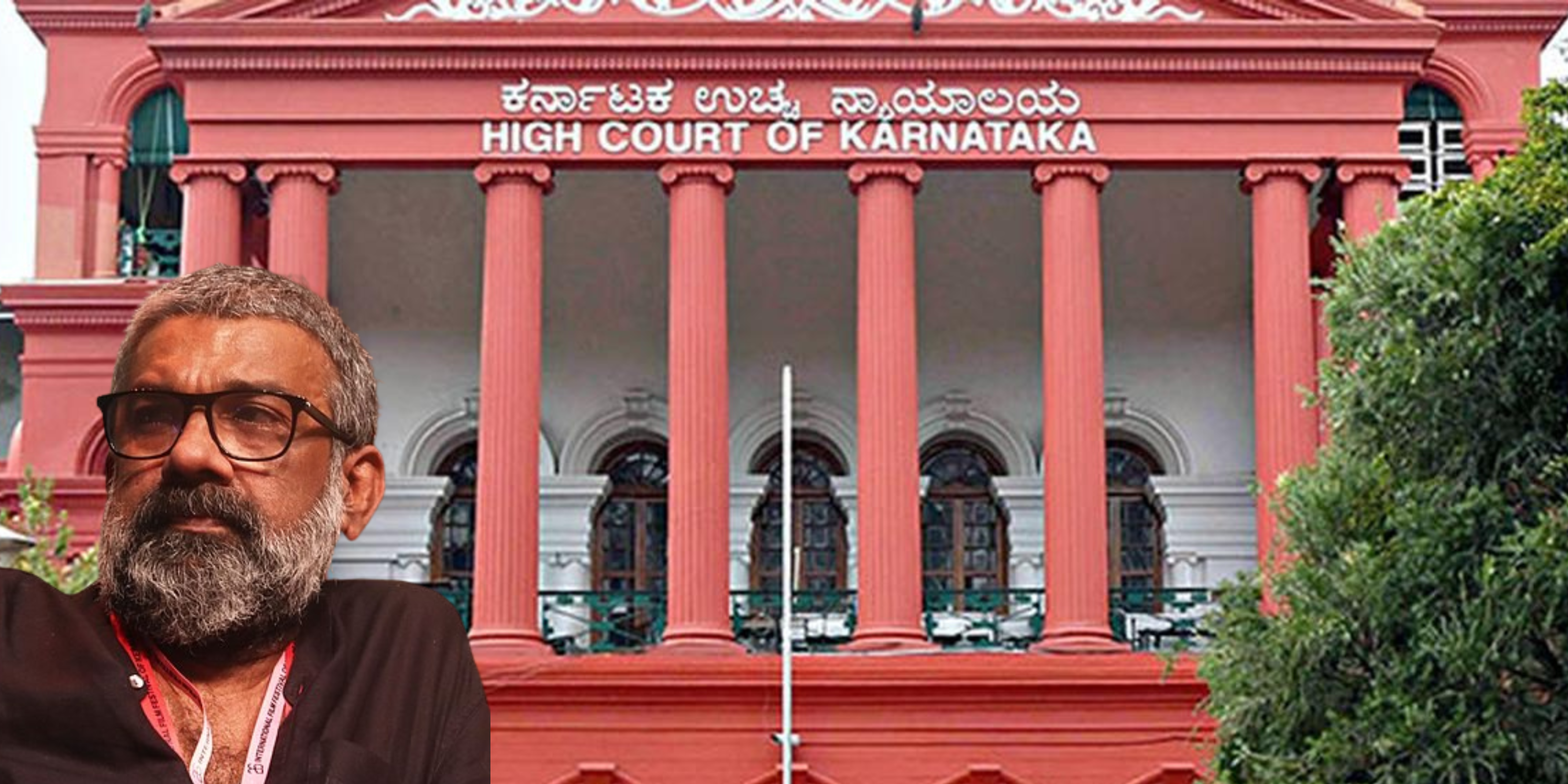
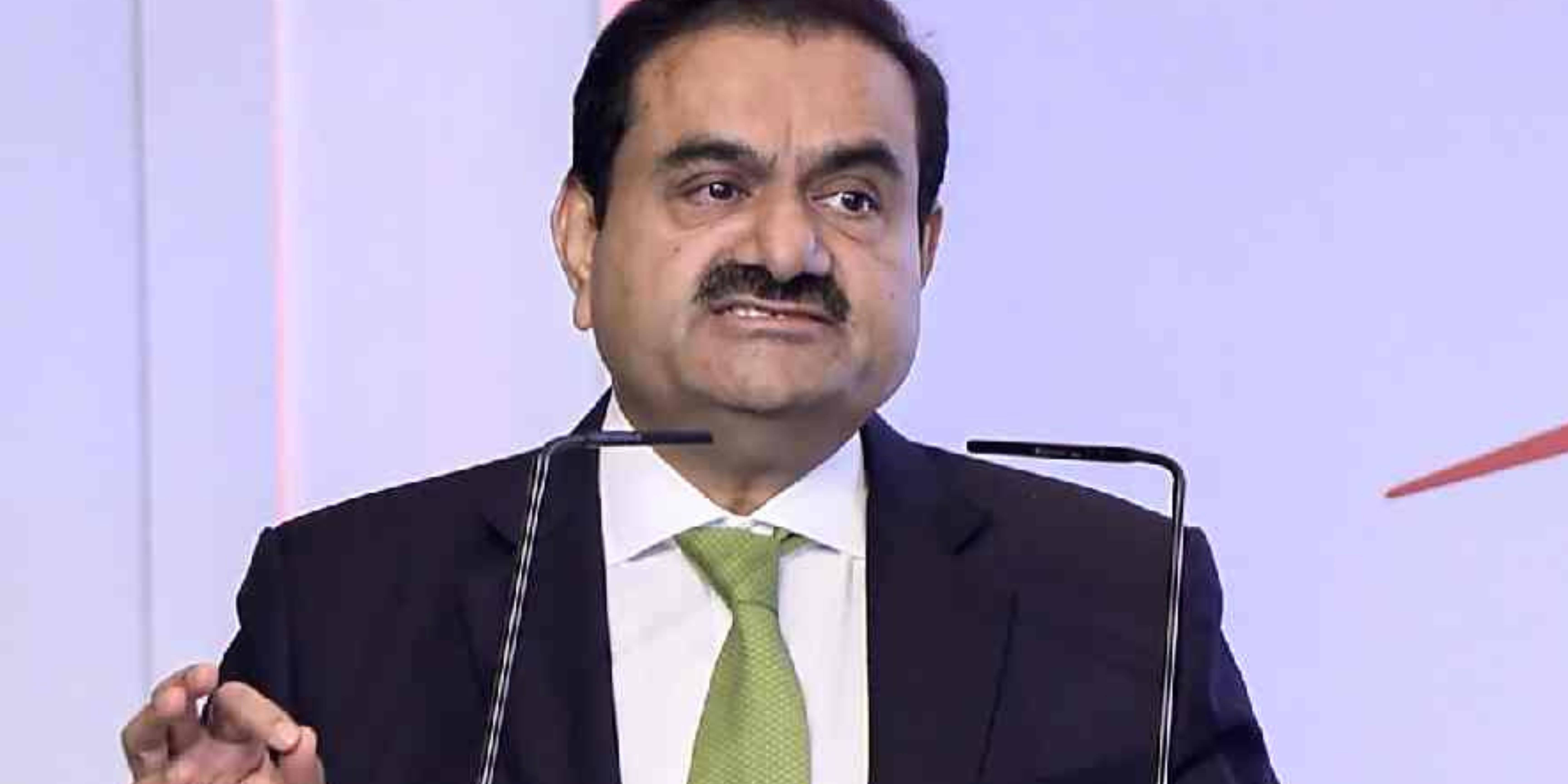

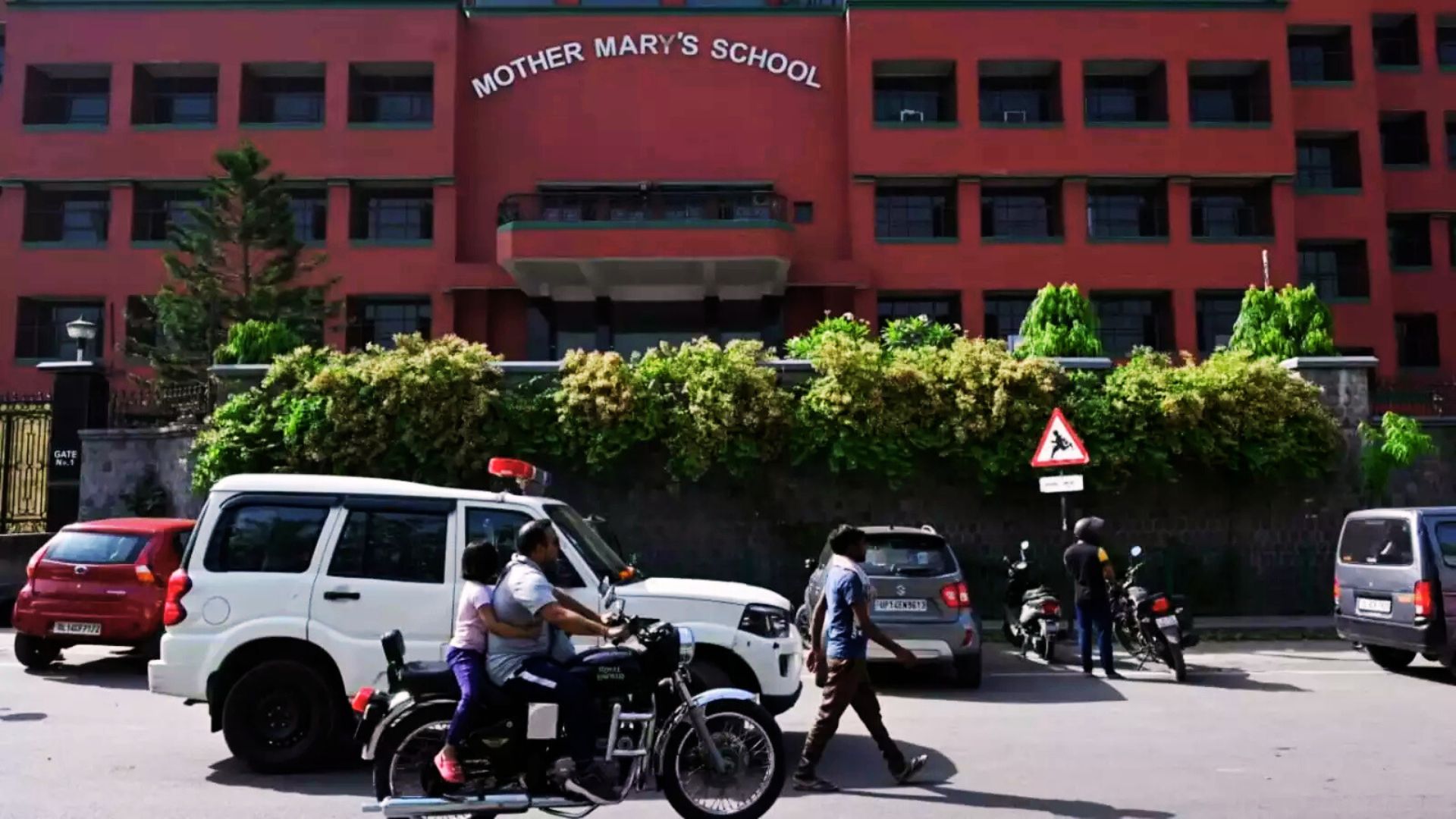

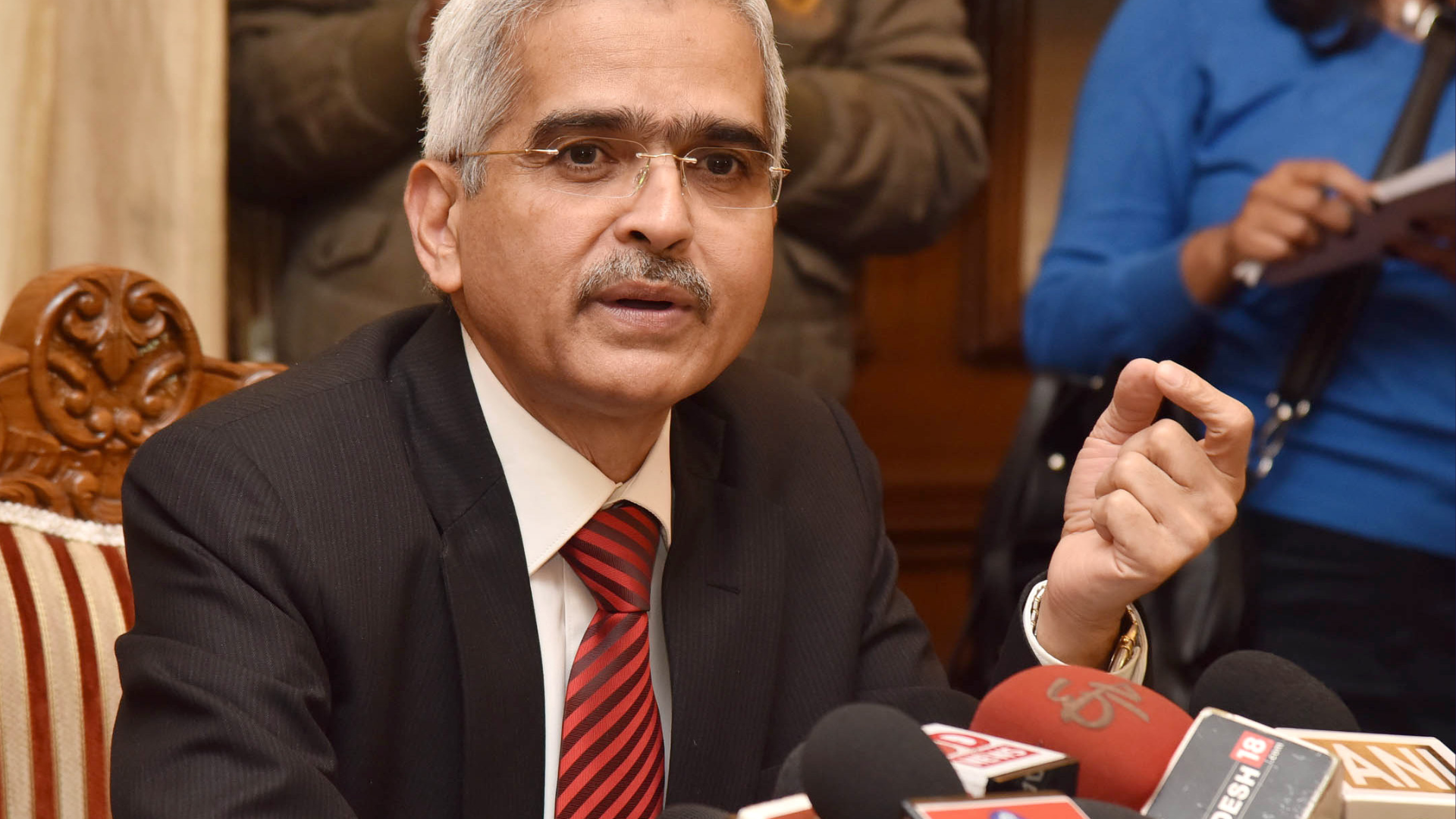







.png)
 (1).png)
